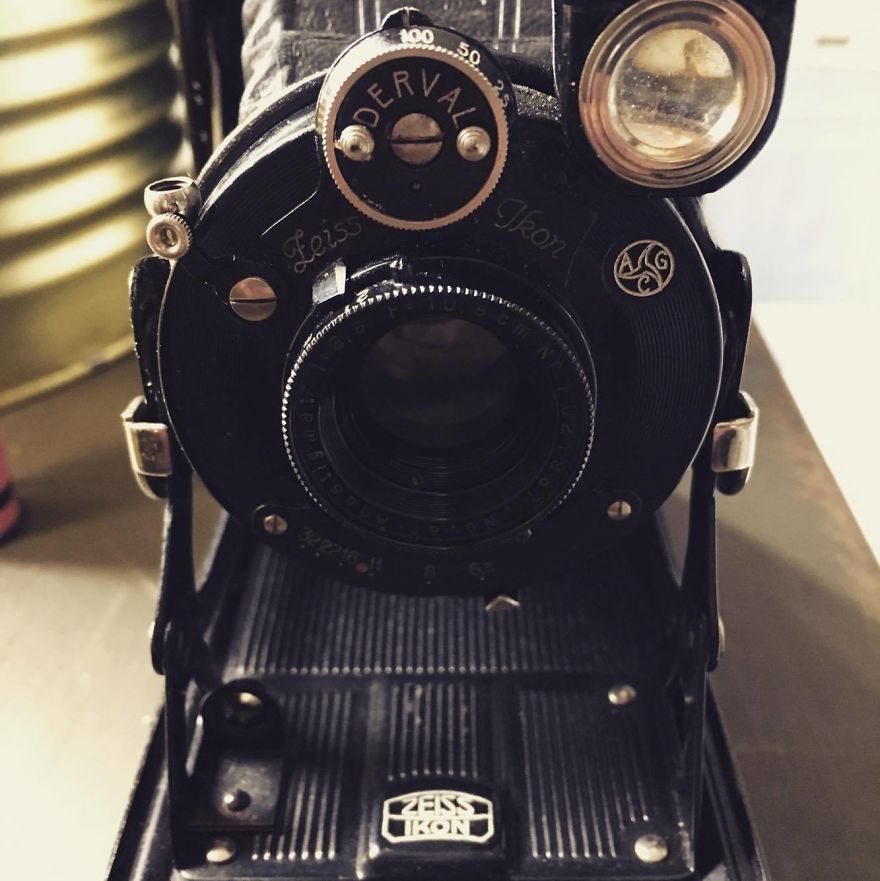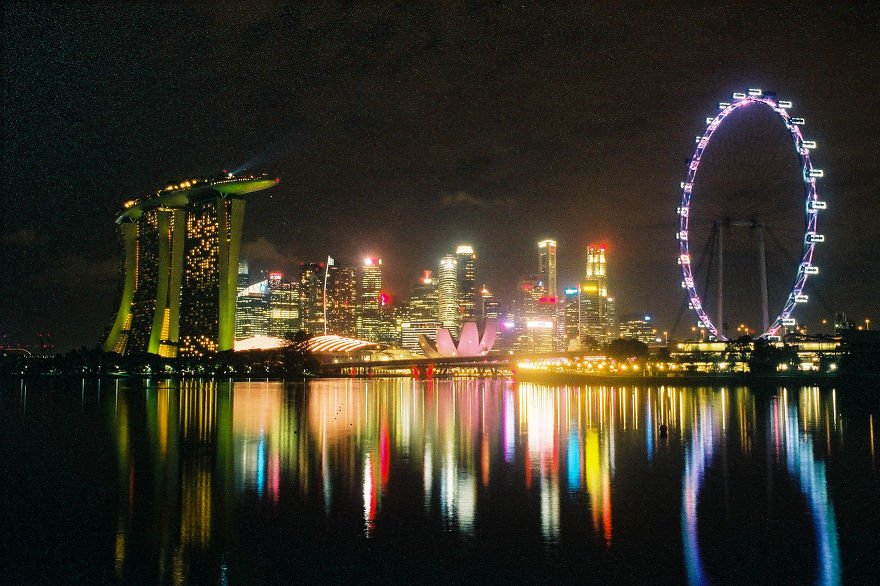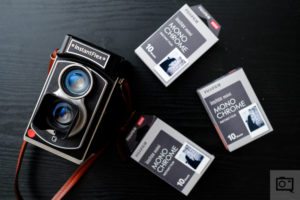
Image: Leica I found it interesting to see Leica launch a new D-Lux camera last week, as I'd been thinking about a previous model (or, at least, about its Panasonic sister model) just recently.
Panasonic's LX series taught me two important lessons about cameras and how to review them. The first, which I've written about before, was how much difference a larger sensor and a brighter lens can make. The other was that the value of a feature can be greatly enhanced by making it easy to access. And there's no easier way to change a setting than with a dedicated, marked control point.
The main line of LX cameras and their Leica variants have dedicated switches on the top of their lenses, which not only make it easy to switch between the different framing modes but also serve as a constant reminder that the feature is available.
This makes sense: from the LX3 onwards, the cameras have had multi-aspect sensors, i. e. sensors that are larger than the lens' coverage. This means the different crops push all the way out to the limit of the imaging circle projected by the lens so that they maintain the same diagonal angle of view. This is a big difference from most cameras, which simply crop in further and further from their sensor's native shape, meaning 16:9 isn't really as wide as you might hope.
The Panasonic LX3 was the first Panasonic model to include an aspect ratio switch on top of the lens. It not only made it easy to switch between modes, but served as a constant reminder that this feature was available.
It's a stand-out feature (albeit one where you never get to use the full sensor size you've paid for), and it makes sense to literally put it front and center on the camera. That prominent, dedicated switch reminds you to play with image format every time you look down at the camera, meaning you're more likely to take advantage of the multi-aspect design.
This experience was front-of-mind when I unpacked the Fujifilm X-T50 and saw its dedicated Film Simulation dial. I think it's a very smart move on Fujifilm's part. Film Simulations, along with a broad selection of lenses designed for APS-C, are one of the distinctive benefits of its X-series cameras. It makes sense to draw attention to it and encourage its use.
"That prominent, dedicated switch reminds you to play with image format every time you look down at the camera"
It also sends out a strong signal about who the camera is for. The double-digit X-T models have always been aimed at people getting into photography, not existing enthusiasts. These are often people who buy a camera for an event or because they want to try their hand at photography and are perhaps most at risk of falling back to the ease of use and sharability of smartphone images, leaving their cameras to accumulate dust. Providing a constant reminder and easy access to one of the key features that sets the camera apart could be a really powerful way to maintain their engagement.
The Fujifilm X-T50 includes a dedicated dial for switching between film simulations.
On such a small camera, each control comes at the expense of another, and to me, it makes a lot of sense to privilege Film Sims over the drive mode dial. Which control will the target user want to change most often? To me, it seems self-evident that Film Simulation is a setting you might wish to change literally every other shot, whereas drive mode is something to change each time you go out to shoot a different subject type. And every camera has drive modes: it makes sense for Fujifilm to pull its differentiating feature to the fore.
I agree with the commenters who point out that it would be better if the custom positions on the dial could be modified to have parameters such as highlights, shadows and color chrome effect baked in as recipes, and I'd love to see this in future firmware.
"On such a small camera, each control comes at the expense of another, and to me, it makes a lot of sense to privilege Film Sims over the drive mode dial. "
But to those people objecting to the change, saying, "Without the mode dial, I'd be better off buying an X-T5," I'd suggest this isn't the criticism they might think it is. The X-T50 isn't supposed to be a smaller, less expensive X-T5; it's meant to be tailored to a different type of user, not enthusiasts on a tighter budget.
So, to my eye, the Film Simulation dial isn't a dumbing-down but an astute move to encourage the target user to discover and use one of its most compelling features. Other than the Film Sim dial, a lot else has changed between the X-T30 II and X-T50, including the addition of image stabilization, a higher resolution sensor and an eye-watering 55% price hike. But in terms of the Film Simulation control, I think the series has taken a turn for the better.
. dpreview.com2024-5-31 16:00









